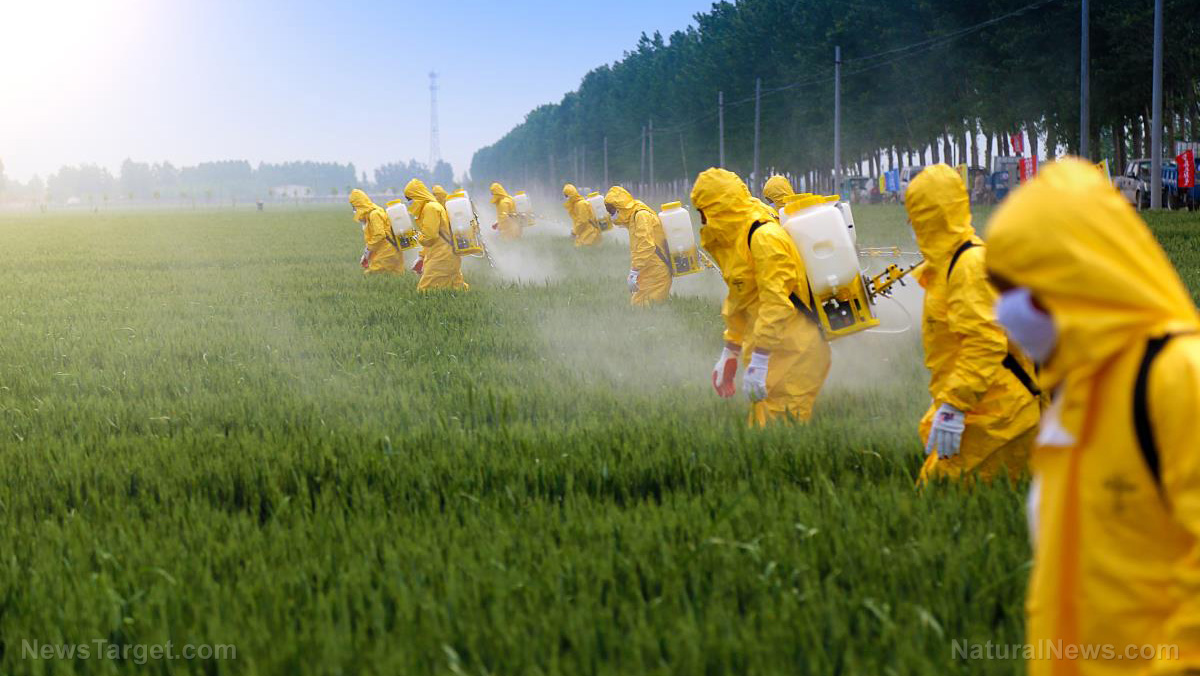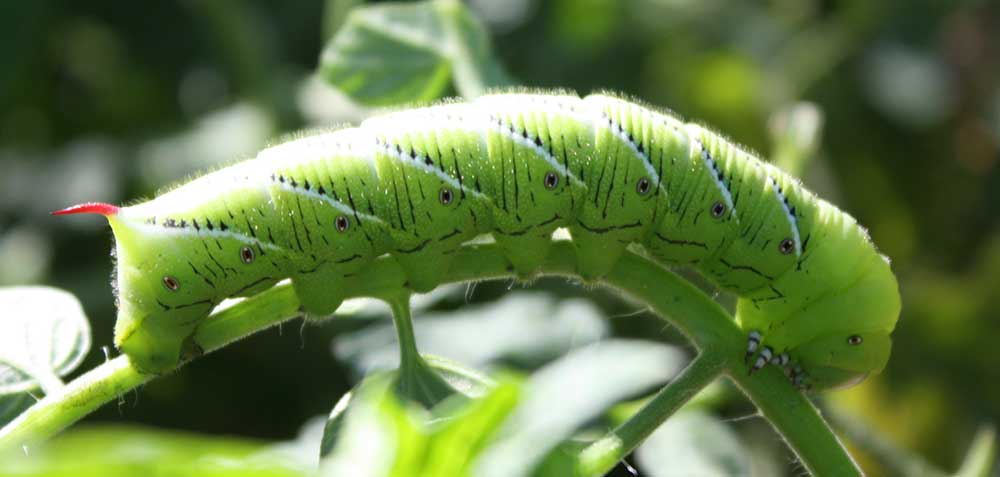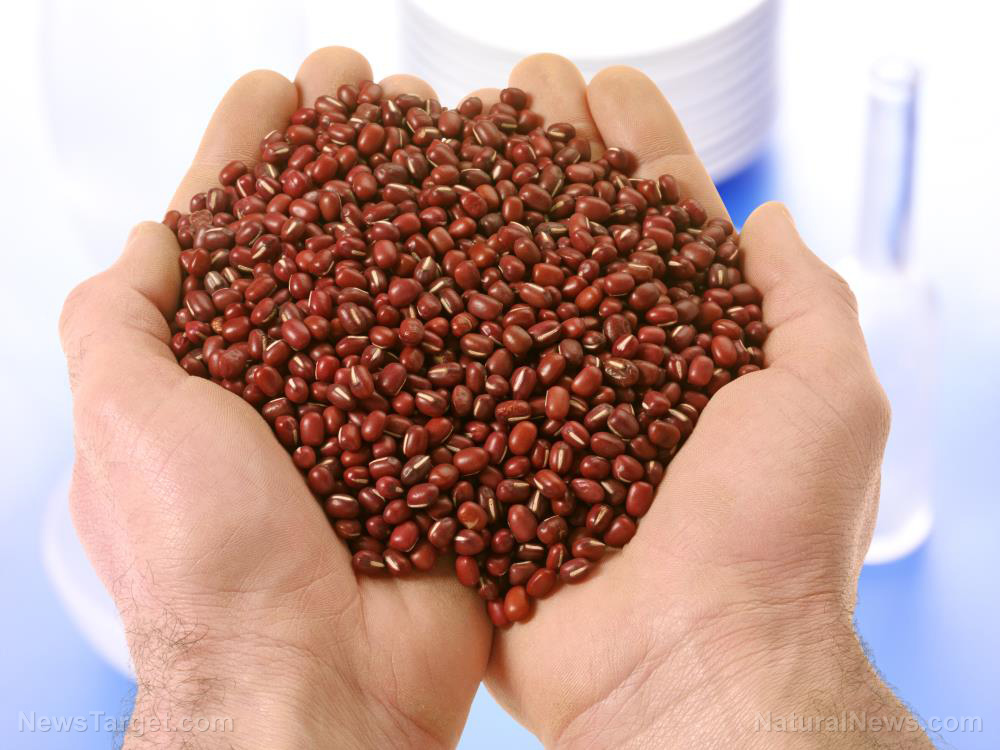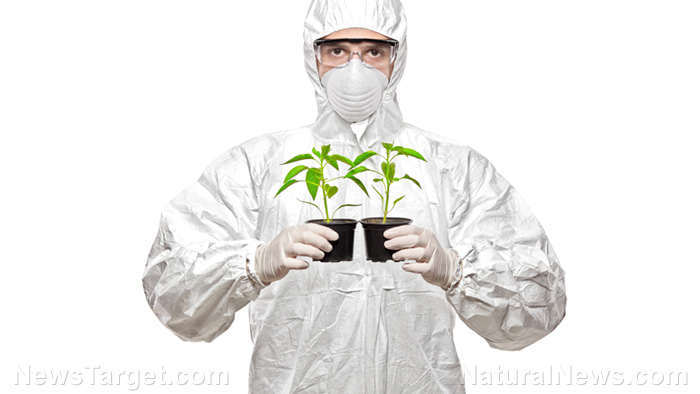We’re just a hop, skip, and jump away from buying and consuming genetically-engineered food
05/11/2018 / By Isabelle Z.

So far, it’s been pretty easy to avoid consuming genetically-engineered food. Buying organic and looking out for Non-GMO Project verification can give you assurance that you’re not getting anything genetically engineered. Could all that be about to change?
A new wave of genetically engineered food is about to hit the market, and loose regulations will make it harder to distinguish these foods from their natural counterparts. This means it’s going to start taking a far greater effort to know what to look out for in the grocery store and at restaurants.
Take the example of the “Impossible Burger.” This plant-based burger “bleeds” just like a beef burger would thanks to yeast that has been genetically engineered to resemble the leghemoglobin in soybean roots. When this soy leghemoglobin breaks down into a heme protein, it gives the burger a blood-red hue and makes it sizzle when grilled. Supporters tout its clever skirting of the ethical problems posed by meat production, but is it ethical to try to pass this off on humans as real food? After all, the GMO soy leghemoglobin breaks down into 46 proteins that humans have never consumed, so no one knows what risks it could pose.
When the company that produces the burger asked the FDA to confirm it was “generally recognized as safe,” the FDA essentially refused, saying that its safety for human consumption hadn’t been established – and the FDA isn’t exactly known for being strict about such matters, so that’s really saying something. However, the company didn’t need FDA approval to sell it anyway, so it’s now being sold in restaurants, where some diners have been erroneously told it’s not genetically modified.
Another GMO product sneaking onto store shelves is the Arctic Apple. It won’t be labeled as GMO, so lots of people will read the “Artic Apple” label and just assume it’s a different variety. These apples are created using RNA interference, a technique that turns down the expression of the genes that make apples turn brown and mushy over time. Is avoiding the natural browning that occurs on sliced apples when they’ve been left to sit for a long time worth the potential health consequences of eating genetically engineered apples, especially when the problem can easily be remedied with a squeeze of organic lemon juice? Most people probably wouldn’t think so, but they may not know that’s what they’re getting when they buy these apples.
Consumers don’t want genetically engineered food
A New York Times poll from 2013 found that three quarters of people are unwilling to eat GMO fish, while two thirds said that they wouldn’t eat meat that has been genetically modified. That’s probably why the companies producing these so-called foods are going so far out of their way to make sure they pull the wool over consumers’ eyes who care about such things and convince those who don’t know much about it that it’s all actually a good thing somehow.
Remember the hype about golden rice? They said this rice would be able to “save a million kids a year.” That was 17 years ago, and the beta-carotene-enhanced rice still isn’t on the market after millions invested in development. It’s been a spectacular failure and a great example of how messing with nature can go wrong.
Most of the genetically engineered foods that are now available don’t really benefit people, and in fact, they often have the opposite effect. They’ve been created to resist pesticides, yet they’ve somehow increased pesticide use, filling people up with cancer-causing glyphosate, dicamba and 2,4D instead of vitamins and minerals.
Now, GMO 2.0 involves even riskier approaches than we’ve seen in the past. Synthetic biology GMOs will see algae and yeast engineered to make flavors like citrus and vanilla. Genetically engineered fish and animals that are in the pipeline include de-horned cattle, chicken eggs that contain medicine, and an all-male cattle project involving bulls that will only father male offspring. If you haven’t been steering clear of genetically modified food before, it’s time to start taking all this a lot more seriously.
Learn more about the safety of your food at FoodScience.news.
Sources for this article include:
Tagged Under: Arctic apples, consumer awareness, FDA, food science, genetically engineered foods, GMO 2.0, GMO labeling, GMOs, Golden Rice, grocery, Impossible Burger, ingredients, right to know, synthetic biology GMOs




















